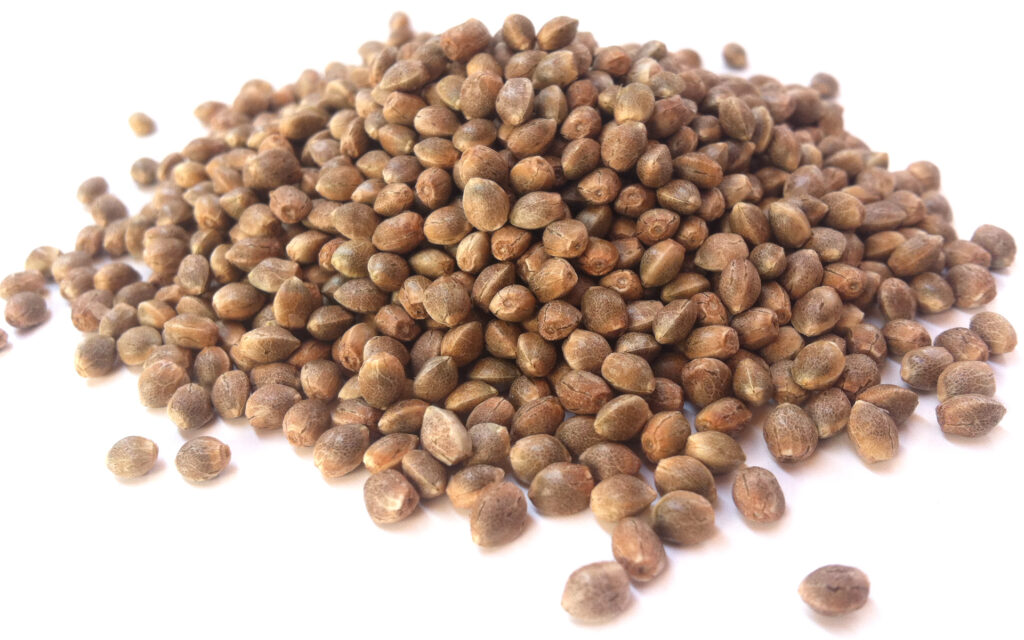In the world of cannabis cultivation, the choice between feminized and regular seeds is a significant decision that can profoundly impact the growing process and end results. Each type of seed comes with its own set of advantages and disadvantages, catering to different preferences and goals of growers. In this article, we’ll delve into the pros and cons of both feminized and regular cannabis seeds to help you make an informed decision for your cultivation endeavors.

Feminized Cannabis Seeds:
Feminized cannabis seeds are specifically bred to produce only female plants, eliminating the need to identify and remove male plants during the growing process. Here are some of the pros and cons associated with feminized seeds:
Pros:
- Guaranteed Female Plants: One of the most significant advantages of feminized seeds is that they ensure a higher probability of obtaining female plants. Female plants are favored in cannabis cultivation because they are the ones that produce the coveted flowers rich in cannabinoids like THC and CBD.
- Maximized Yield: By eliminating the presence of male plants, feminized seeds allow growers to maximize their yield potential. Female plants are responsible for producing the resinous buds that contain cannabinoids, so having only female plants means more buds for harvest.
- Time and Space Efficiency: With feminized seeds, growers can save time and space by avoiding the need to grow extra plants for the sole purpose of identifying and removing males. This efficiency can be particularly advantageous for those working with limited resources or in confined indoor grow spaces.
- Consistency in Phenotype: Feminized seeds tend to produce plants with consistent characteristics and traits, ensuring a more uniform and predictable crop. This uniformity can be desirable for commercial growers who value consistency in their product.
Cons:
- Seed Stability: Some critics argue that the process of producing feminized seeds can lead to a reduction in genetic stability over time. While advancements in breeding techniques have improved the reliability of feminized seeds, there is still a risk of genetic instability in some strains.
- Cost: Feminized seeds are often more expensive than regular seeds due to the additional breeding processes required to ensure femininity. For growers on a tight budget, this higher upfront cost can be a deterrent.
- Limited Genetic Diversity: Since feminized seeds produce only female plants, there is a risk of reducing genetic diversity within a crop. This limitation can potentially make the crop more susceptible to pests, diseases, and environmental stressors.
Regular Cannabis Seeds:
Regular cannabis seeds are the natural product of sexual reproduction, containing both male and female genetic material. Here are the pros and cons associated with regular seeds:
Pros:
- Genetic Diversity: Regular seeds offer a broader range of genetic diversity since they contain both male and female genetic material. This diversity can be beneficial for breeders looking to create new hybrids or preserve rare and valuable genetic traits.
- Breeding Potential: With regular seeds, growers have the option to breed their own strains by selecting desirable male and female plants for cross-pollination. This hands-on approach to breeding allows for greater experimentation and customization in developing unique cannabis varieties.
- Stability: Some growers argue that regular seeds offer greater genetic stability compared to feminized seeds, as they represent the natural genetic variability of the cannabis plant. This stability can result in plants that are more resilient and better adapted to their environment.
Cons:
- Risk of Male Plants: One of the most significant drawbacks of regular seeds is the risk of obtaining male plants, which do not produce the resinous buds desired by most growers. Male plants can also pollinate female plants, leading to seed production rather than flower development.
- Higher Labor Requirements: Growing from regular seeds requires more labor and attention compared to feminized seeds, as growers need to identify and remove male plants to prevent pollination. This extra effort can be time-consuming and may require frequent monitoring throughout the growing cycle.
- Lower Yield Potential: Due to the presence of male plants and the need to remove them, crops grown from regular seeds may have a lower overall yield compared to those grown from feminized seeds. The presence of male plants can also result in reduced potency and quality of the harvested buds.
In conclusion
The choice between feminized and regular cannabis seeds ultimately depends on the priorities and preferences of individual growers. Feminized seeds offer the advantage of guaranteed female plants, higher yield potential, and time efficiency, but they may come with a higher upfront cost and reduced genetic diversity. On the other hand, regular seeds provide greater genetic diversity and breeding potential but require more labor and pose the risk of obtaining male plants. By weighing the pros and cons of each option, growers can make an informed decision that best suits their needs and goals in cannabis cultivation.

